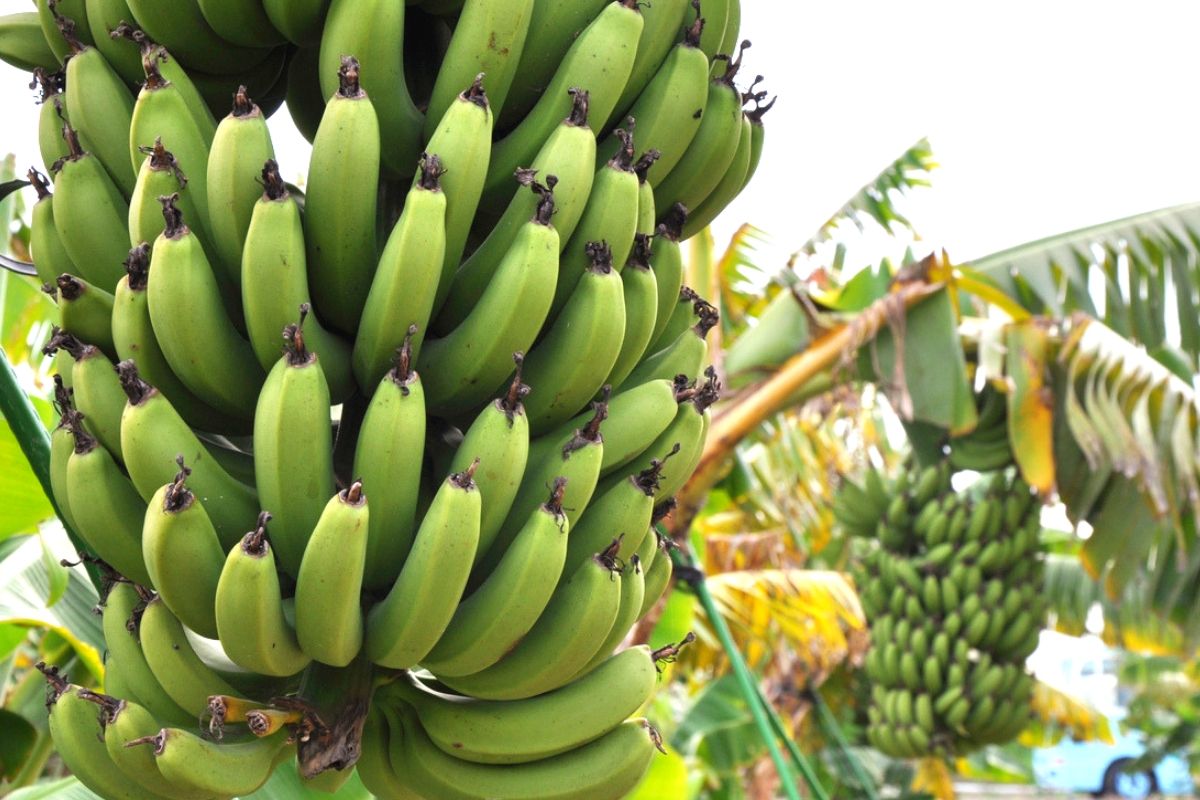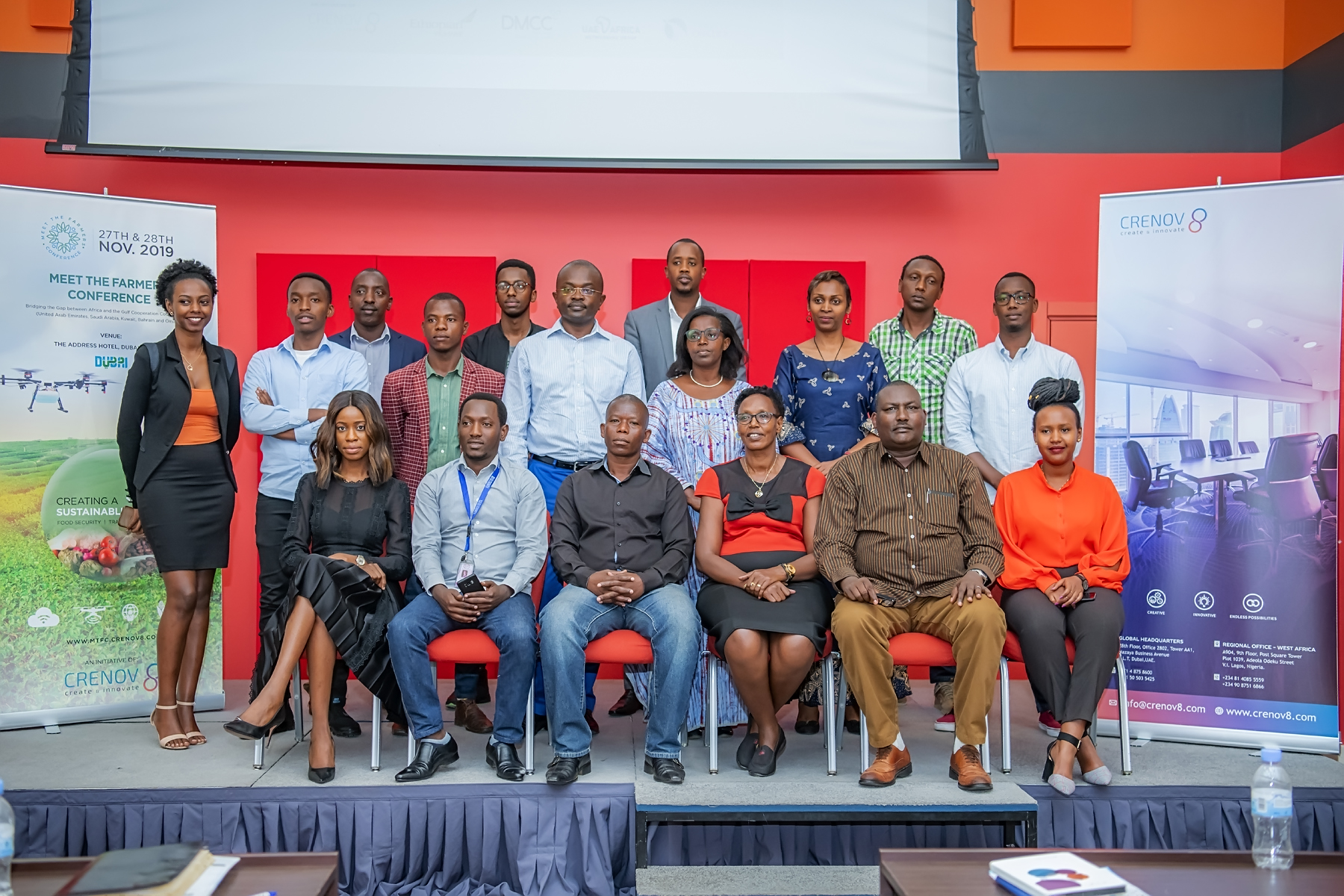Highlights of Agriculture in North Africa

The North African region is located in the Sahel Savanna, a region depicted by extremely irregular precipitation, and mostly covered in shrubs and grasslands. The countries of Algeria, Egypt, Libya, Mauritania, Morocco, South Sudan, Sudan, and Tunisia constitute Northern Africa.
These countries share similarities in culture, ethnicity, and religion with the Middle East. Their lands are mostly arid but within lies vast reserves of oil and natural gas. The weather in North Africa is intensely hot, with an average temperature of 25 to 31 degree Celsius. The harsh weather and arid land limit agricultural activities in the region. Farmers suffer from occasional drought, desertification, and famine.
See also: South African Farmers to enjoy Free Satellite Farming Data
Farmers do not grow enough food as their counterparts in other parts of Africa because of the weather condition. In rural communities, farmers depend on agriculture supported by irrigation for livelihood. The production of cereals, fruits, and cash crops are largely on irrigated or partially irrigated lands around the river Nile. Predominant crops in North Africa are millets, sorghums, fruits, cereals, legumes, barley, wheat, chickpeas, lentils, olives, grapes, fruit, and vegetables.
Most livestock farmers in North Africa are semi-nomadic. Tuaregs are pastoralists who move seasonally between highlands and lowlands to feed livestock. Pastoral Nomads lead the herds to graze in the North during wet seasons and migrate in search of green pasture to the South during dry seasons.
The absence or irregularity of rainfall has led to the great dependence on alternative economic sources like petroleum, mining, manufacturing, tourism, etc. Agriculture is greatly affected by drought, pests invasion, and flood from the Nile.







